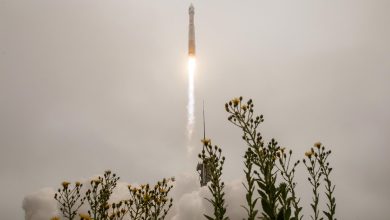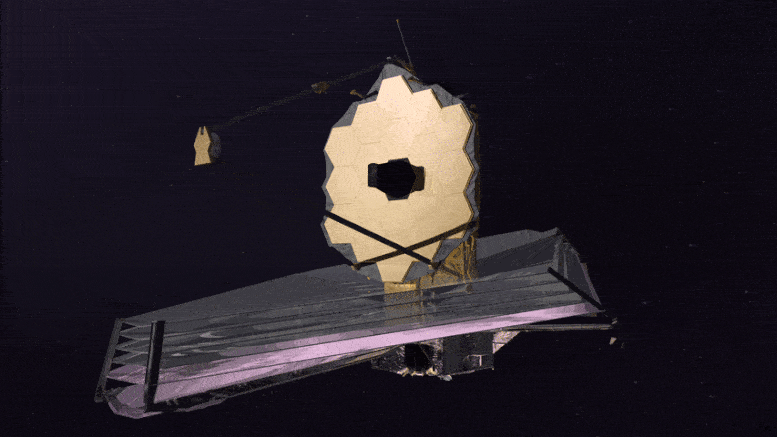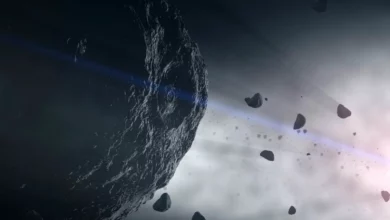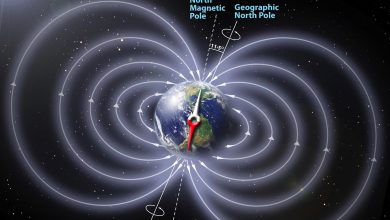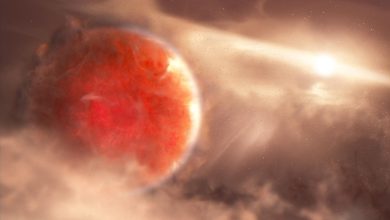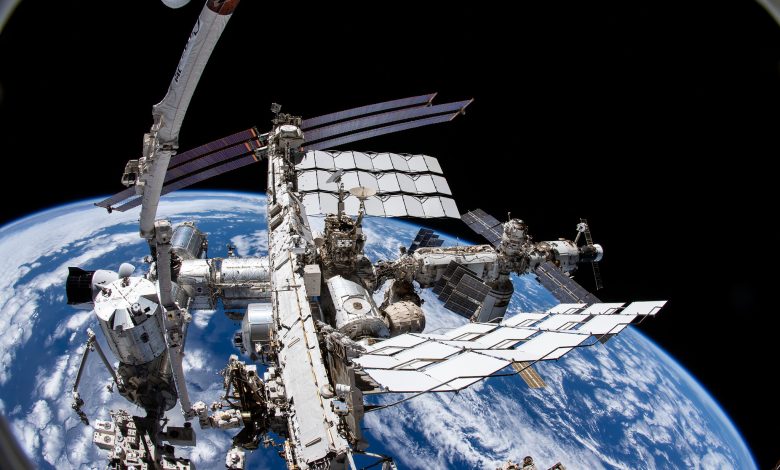
(Lead image credit: NASA.)
While many cultures celebrated their respective holiday traditions on Earth, the crew of the International Space Station (ISS) carried on with their busy schedules high above. December 2021 saw three major visiting vehicle movements, one spacewalk, and many of the research and maintenance tasks that allow the ISS to function as one of the world’s most important scientific laboratories.
The Expedition 66 crew currently aboard the station is commanded by Russian cosmonaut Anton Shkaplerov, who is joined by cosmonaut Pyotr Dubrov along with NASA astronauts Mark Vande Hei, Raja Chari, Thomas Marshburn, and Kayla Barron, and the European Space Agency’s Matthias Maurer. Dubrov and Vande Hei have been aboard the station since April, while Shkaplerov arrived in October and the remaining crew members in November.
Visiting Vehicles
At the beginning of December, four visiting spacecraft were docked at the space station. On the Russian side, Soyuz MS-19 was at the nadir – Earth-facing – port of the Rassvet module, with Progress MS-18 at the aft port of the Zvezda and Progress M-UM occupying the nadir port of Prichal. On the US segment, SpaceX’s Dragon Endurance, flying the Crew-3 mission, was docked at the forward port of the Harmony module via the PMA-3 and IDA-F docking adaptors.
IDA-F is the Forward International Docking Adaptor, one of two docking adaptors added to the U.S. segment of the station to convert the Pressurized Mating Adaptors (PMAs) from their Shuttle-era APAS-95 docking standard to the International Docking System Standard (IDSS) that is implemented by the Commercial Crew vehicles: Dragon and Starliner. Officially, the adaptors are still designated IDA-2 and IDA-3 (IDA-1 having been lost in a launch failure); however, flight controllers have increasingly been referring to them by their positions on the station in its most common orientation.
IDA-2, which faces in the station’s direction of travel, has therefore become the Forward IDA, or IDA-F; IDA-3 is also known as Zenith IDA, or IDA-Z, due to its position on the Earth-opposed side of Harmony.
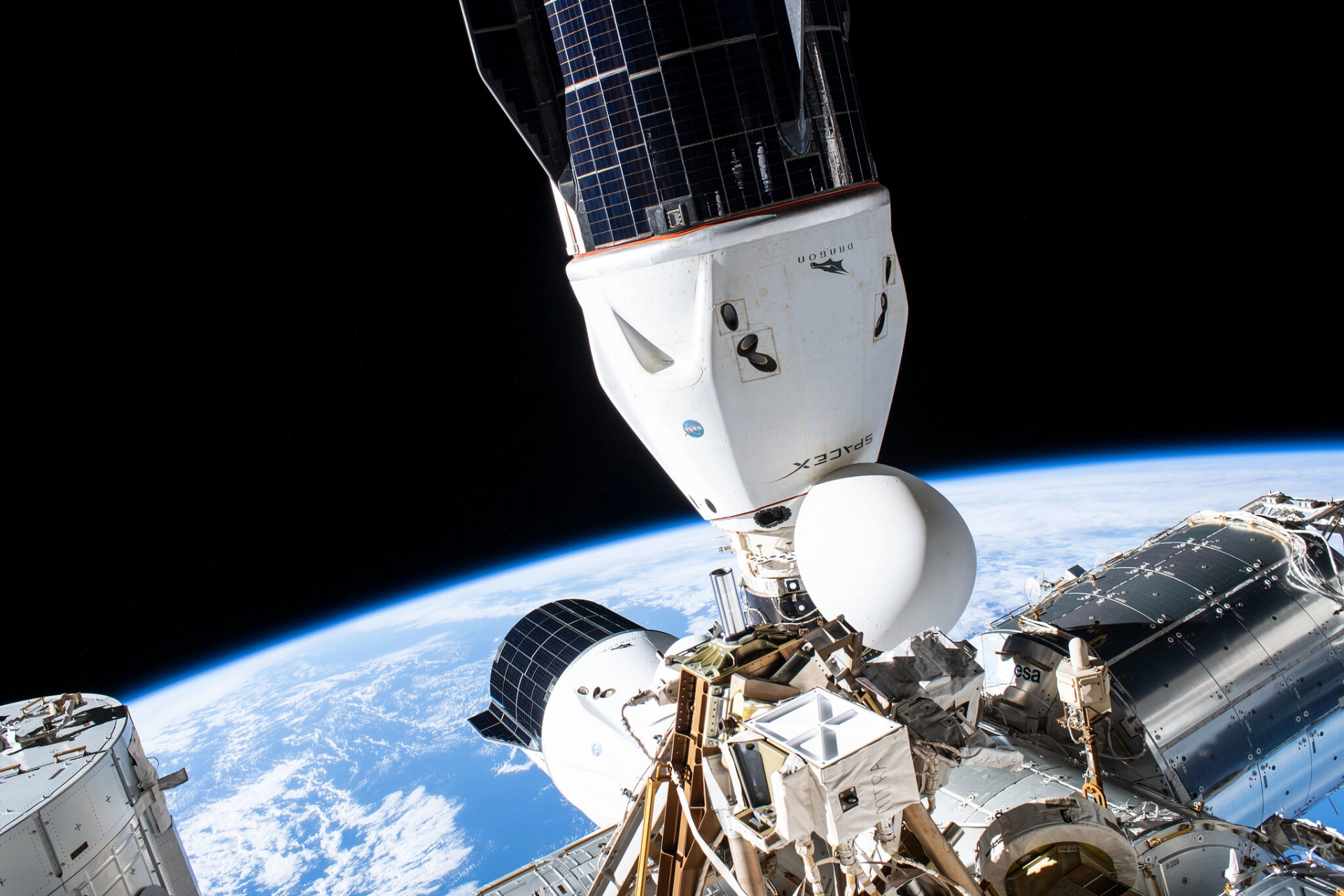
The first visiting vehicle movement of December occurred on the 8th, when Soyuz MS-20 arrived, docking at the zenith port of the Poisk module on the Russian segment. Soyuz MS-20 carried a crew of three: its commander was veteran cosmonaut Alexander Misurkin, who was joined by Japanese billionaire Yusaku Maezawa and media producer Yozo Hirano who was tasked with documenting Maezawa’s flight.
Contracted by space tourism company Space Adventures, who have previously sold spare seats on crew rotation flights, MS-20 marked the first dedicated space tourism mission to the International Space Station.
Soyuz MS-20 and its crew departed late on December 19, concluding the shortest visit to the ISS by a crewed Soyuz spacecraft – although several previous Soyuz crews have made shorter stays before leaving aboard different spacecraft to the one they arrived on. The spacecraft’s descent module landed on the steppes of Kazakhstan on December 20.
The second arrival of the month came on December 22 with a SpaceX Dragon v2 in its cargo configuration flying the CRS-24 mission. On the second visit to the ISS for this particular Dragon, it successfully docked with the IDA-Z adaptor. As well as its usual cargo of crew provisions, science, and new or spare parts for the space station, launching so close to Christmas the CRS-24 mission also brought up presents for the crew. The cargo also included several small satellites which will be released from the station during 2022.
Before Dragon’s docking, the Mobile Transporter with the station’s Candarm2 robotic arm – officially the Space Station Remote Manipulator System (SSRMS) – was repositioned to Worksite 2 to allow it to extract the unpressurized cargo from Dragon’s Trunk. The relocation of the Mobile Transporter was completed on December 17.
With Dragon docked, the crew entered the pressurized capsule to extract cargo and begin replacing it with hardware to be returned to Earth. The spacecraft is expected to remain docked until late January. Dragon is the only uncrewed spacecraft that regularly visits the ISS which is designed to be recovered, giving it the unique ability to return large volumes of cargo to the Earth rather than disposing of them via reentry.
Also on December 22 came the departure of Progress M-UM. This was a specially-modified version of Russia’s Progress freighter that had been used as a tug to deliver the Prichal docking module in late November – the module taking the place of the Progress’ usual pressurized cargo space. Having successfully delivered Prichal, the Progress M-UM instrument module, or Priborno Agregatniy Otsek (PAO), had remained docked for about a month before meeting its demise in a planned destructive reentry a few hours after leaving the station.

Aside from arrivals and departures, the docked Progress MS-18 spacecraft was called upon to make two orbit adjustments for the station during the month. On December 1, a close approach between the station and a piece of orbital debris was identified, with a possibility of collision on December 3. The debris was part of the upper stage of a Pegasus rocket that launched the US Air Force’s STEP-2 satellite in 1994 and had subsequently disintegrated in orbit. This was determined to be a high-concern conjunction, resulting in a pre-planned debris avoidance maneuver (PDAM) being scheduled for December 3, a few hours before closest approach.
During this process the Russian Orbital Segment’s attitude control thrusters took over responsibility for the station’s orientation, transitioning it to a retrograde posture with the aft end of the station – and the thrusters of the Progress MS-18 spacecraft – pointing in the direction of travel. Progress MS-18 began a 160.9-second burn at 07:58 UTC, reducing the station’s velocity by 0.3 meters per second and its orbital altitude by approximately 310 meters to ensure there was no potential of a collision. At the end of the burn, control was transferred back to the US Orbital Segment which returned the station to its normal attitude.
The second burn from Progress MS-18 was for a reboost. This began at 01:18 UTC on December 24, lasting eight minutes and 59.4 seconds as Progress increased the station’s orbital speed by 1.06 meters per second and its orbital altitude by 1.8 kilometers.
Onboard Science
One of the International Space Station’s most important roles is to serve as an orbiting science laboratory, helping us gain new insights into our universe and life here on Earth. The crew has a vital role in this, carrying out some experiments and investigations while also setting up, maintaining, and monitoring others that are controlled from the ground.
They are also test subjects for life sciences research aboard the outpost, including studies of how humans respond to long-duration spaceflight. As part of this, the crew is equipped with Actiwatch Plus activity monitors to track their sleep and activities, with the devices being periodically charged by USB.
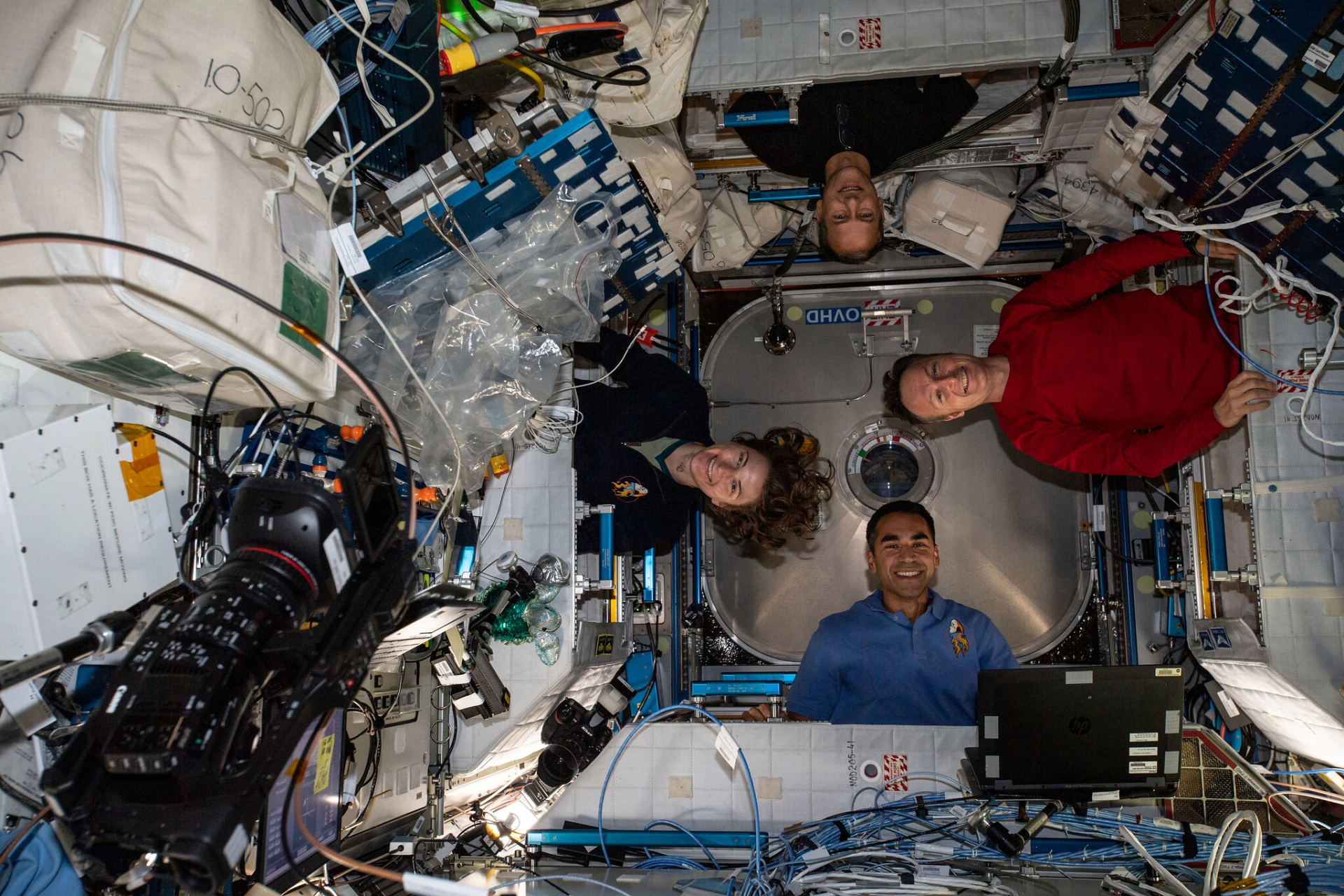
Several crew exercise sessions, both on the treadmill and the cycle ergometer, were carried out by astronauts wearing an EasyMotion suit, monitoring electro-myo-stimulation. Data collected on orbit, as well as from pre- and post-flight experiments, will help study muscle tone and stiffness in space.
To support Vascular Aging research, the crew used the Echo ultrasound experiment for a series of scans under the guidance of scientists on the ground and to take blood pressure readings and glucose tests. This research is aimed at studying how spaceflight appears to speed up the aging process of astronauts’ cardiovascular systems and will help mitigate the health impacts of long-term missions.
As well as the astronauts, several mice are aboard the International Space Station as part of the Rodent Research 18 (RR-18) experiment, which aims to study how long-duration space missions affect the test subject’s eyesight. Astronauts are responsible for periodically restocking the rodent enclosure and carrying out other operations as required.
In preparation for a new experiment arriving with the CRS-24 Dragon, the crew removed and replaced parts of the station’s Advanced Plant Habitat, including the carbon dioxide (CO2) pump filter, environmental control system, and CO2 and ethylene scrubbers. After Dragon arrived, the Plant Habitat 05 growth chamber was installed in the Advanced Plant Habitat. This will grow cotton plants in microgravity to study their reproductive behavior.
As well as life sciences, materials research also occupies a significant amount of laboratory time aboard the station. The crew serviced and inspected the Materials Science Research Rack 1 (MSRR-1) and changed out the Solidification and Quench Furnace (SQF) in the Materials Science Laboratory (MSL). Later in the month, the MSSR and MSL sample cartridge assemblies were changed out ahead of the next series of experiments to begin in January 2022.
The crew also prepared the Materials International Space Station Experiment 14 (MISSE-14) samples, which previously had been mounted outside the station, for their return to Earth. Meanwhile, the Manufacturing Device (MAND), a 3D printer, was used to produce a series of zero-degree panels for testing on-orbit.
The Exp 66 crew studied biology and agriculture today as an astronaut gets set to break @NASA single spaceflight records.https://t.co/2E8dmmy1AL
— International Space Station (@Space_Station) January 6, 2022
Another experiment, Investigating the Structure of Paramagnetic Aggregates from Colloidal Ellipsoids 4 (InSPACE-4), has been an ongoing study of the formation of miniature structures in colloids when exposed to a magnetic field in microgravity. The crew redistributed the sample particles, configured, adjusted, and activated the equipment for a series of test runs throughout the month. After the last run of the year on December 21, InSPACE-4 was removed from the Microgravity Glovebox and stowed.
As part of a long-term educational outreach program, the crew used the station’s amateur radio equipment to communicate with students at schools in the United States, Germany, and Japan during several overhead passes throughout the month.
Station Upkeep
As the only humans aboard the space station, its crew are responsible for all aspects of its mission that cannot be controlled remotely from the ground. As well as conducting scientific research, this also means carrying out the day-to-day preventative maintenance tasks that keep the outpost operational, in addition to larger-scale modifications and repairs as necessary.
At the beginning of the month, the crew removed and replaced the Space Integrated GPS Inertial 2 (SIGI-2) receiver. This uses the US Air Force’s Global Positioning System (GPS) satellites to help determine the station’s location, velocity, and attitude in orbit. Following installation, the replacement unit was tested but found to have a worse-than-expected signal-to-noise ratio, rendering it unable to read data from the satellites. The astronauts re-checked its connections the following day, and despite not finding any deficiencies, the unit was then able to acquire a signal.
The first day of the month also saw final preparations for a spacewalk by astronauts Thomas Marshburn and Kayla Barron, which began at 11:15 UTC on December 2 and lasted six hours and 32 minutes. The primary objective of this EVA was to replace an S-Band Subassembly (SASA) on the station’s P1 truss.
Two SASA antennas aboard the station are used to facilitate control, telemetry, and voice communications with flight controllers on the ground; however, the port-side one had failed a routine test in September when it was found to be providing no downlink capability.
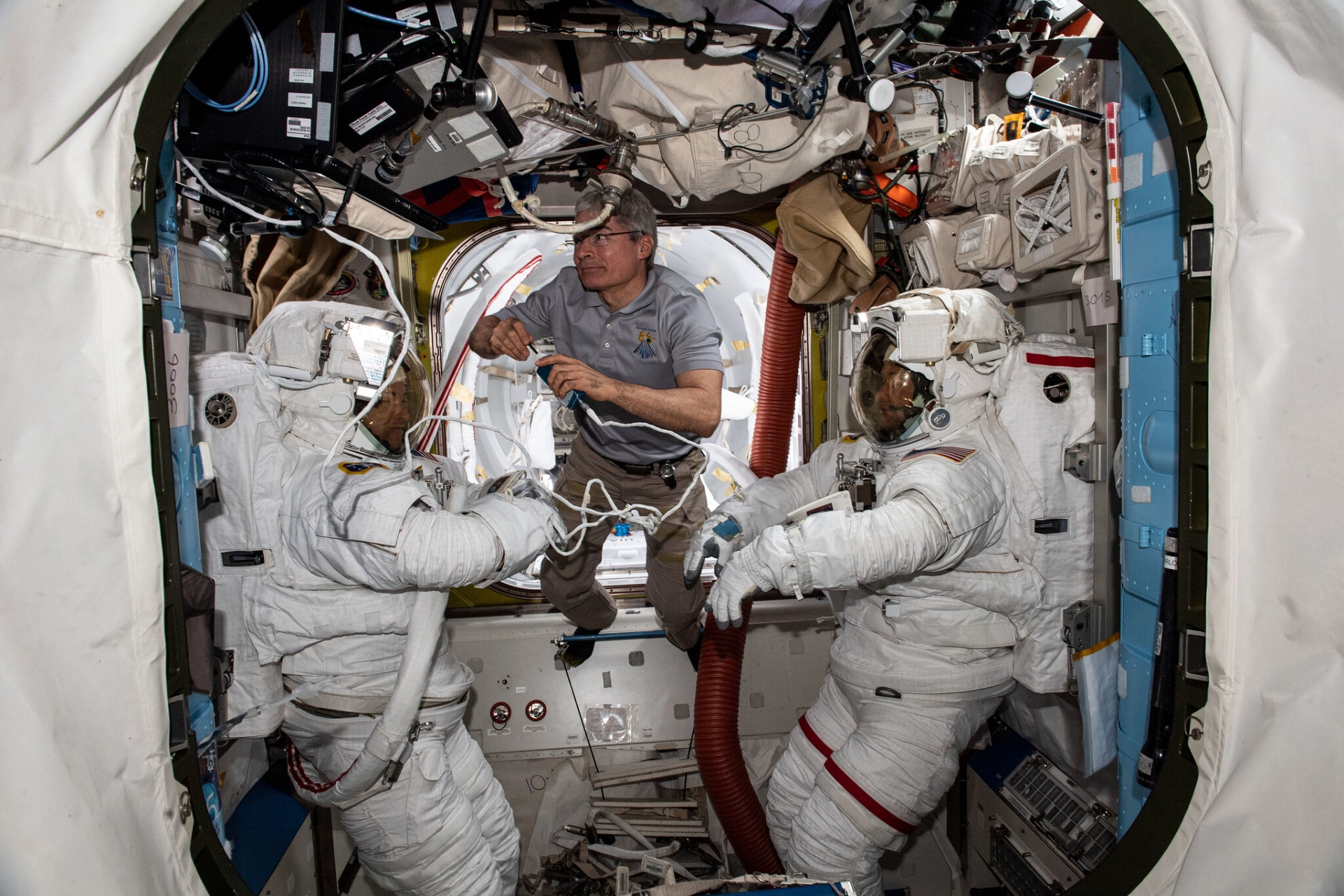
Marshburn and Barron successfully removed the failed assembly and replaced it with a spare that had been delivered in 2011 during Space Shuttle Endeavour’s final mission, STS-134. The failed SASA was installed on ExPRESS Logistics Carrier 3 (ELC-3), which had previously hosted the spare unit. With this completed, the astronauts finished several get-ahead tasks before returning to the Quest airlock.
The day after the spacewalk, the crew carried out a debriefing and regular post-EVA inspections and cleanup for several days, including operations to recharge the space suits’ water systems and batteries, scrub and decontaminate the cooling systems, and stow the equipment.
Some multi-layer insulation from the SASA’s support assembly that was brought inside the station on the EVA was found to be covered in what was described as a “sparse, very fine, uniform, sparkly material” which was also present in an Orbital Replacement Unit (ORU) bag that had been used during the spacewalk and on the gloves of one of the spacesuits. After the insulation was securely bagged for disposal, the astronauts used tape to clean the bag and the spacesuit for future use.
The spacesuits used for the EVA were Extravehicular Mobility Units (EMUs) numbers 3006 and 3009. This is expected to be the last use of 3006 before it is returned to Earth for maintenance aboard the CRS-24 Dragon spacecraft.
A computer networking issue developed late on December 2 when the Joint Station Local Area Network (JSL) went offline, impacting the transfer of data between systems across the station. After the crew awoke, they were able to restart a router, Lab Router 1, which restored most connectivity.
After a conflict was identified between the two lab firewalls, one was powered down — which restored the remaining network functionality. On December 6, the crew replaced an ethernet cable between the two firewalls, which was found to be defective, allowing the powered-down unit to be brought back online and full redundancy restored. An incorrect re-connection between the JSL and the European Space Agency’s network via the Node 2 Router, which had disrupted ESA operations since upgrades were carried out in October, was also found and removed
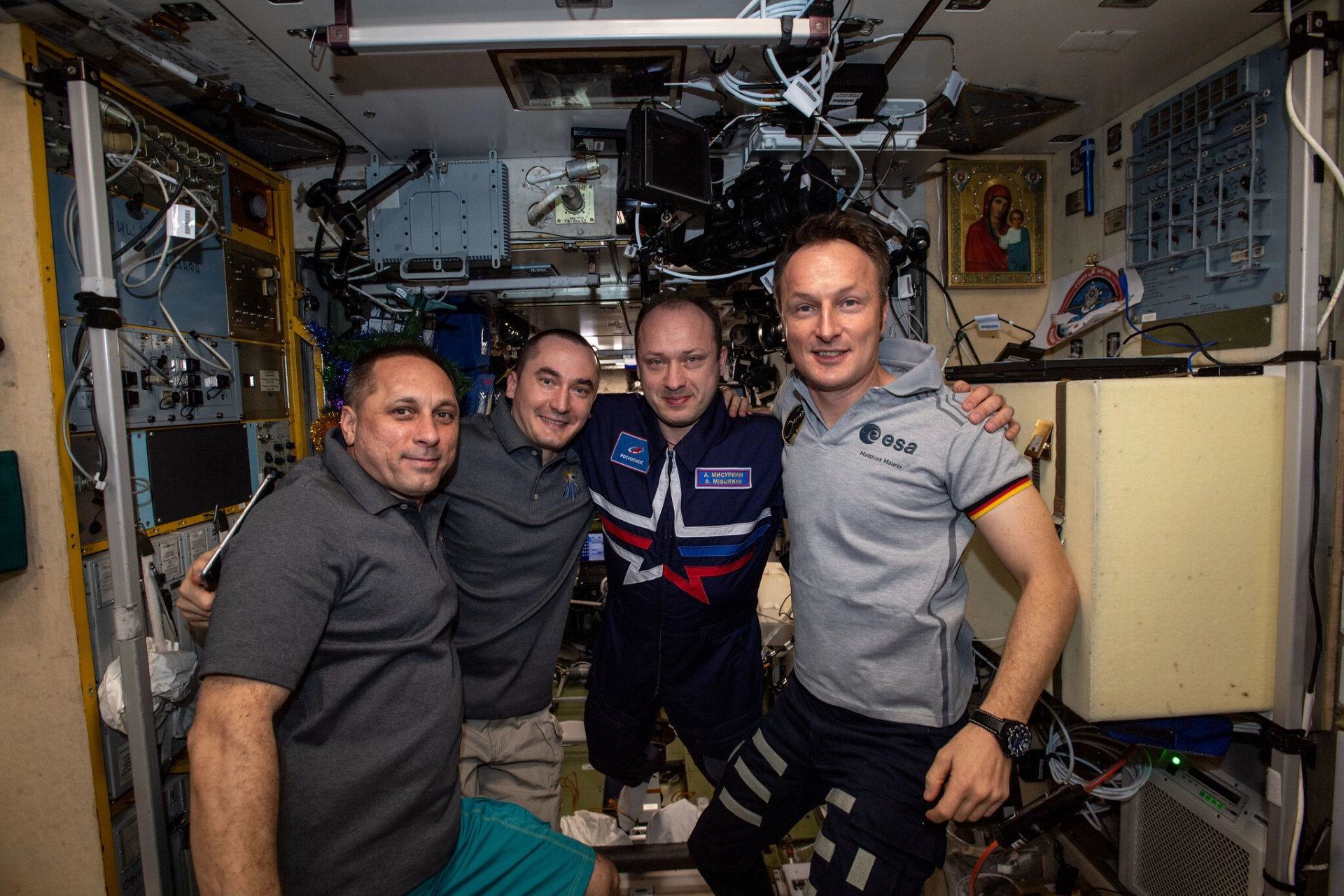
On December 7, the Oxygen Generation Assembly (OGA) detected an unexpected increase in water in its Rotary Separator Accumulator (RSA) and initiated a rapid shutdown. Ground teams reviewed the data and, after determining that it was a known issue and there was no evidence of a leak, the system was brought back online using a backup sensor. The following day, a separate issue with the OGA was identified, with pressure in Nitrogen Purge Orbital Replacement Unit (N2 Purge ORU) falling far more quickly than expected – indicating a leak.
As the station reoriented itself back to its normal orientation following the Soyuz docking on December 8, one of the Beta Gimbal Assemblies (BGAs) used to enable the station’s main solar arrays to track the sun stalled and failed to recover automatically. This returned to normal operation shortly after the reorientation maneuver had been completed and was not considered to be of significant concern – although an alarm did wake the crew.
Meanwhile, several issues with the Urine Processor Assembly occurred throughout the month. On December 8, the crew reported a smell coming from the Brine Processor Assembly (BPA), which recovers water from the astronauts’ waste products. This was troubleshot, with the crew replacing parts of the exhaust system including a duct, the exhaust filter, and an o-ring seal — the latter being replaced with a makeshift gasket using Duxseal sealing compound.
Following the repair, a transfer of waste from the Russian Orbital Segment’s life support system to the BPA failed. After ground teams refined the procedure, the crew completed the transfer the following day.
Moreover, smaller ongoing maintenance tasks carried out throughout December included troubleshooting and then replacing a camera used for recording public affairs events in the Japanese Kibo module, re-seating insulation, cleaning smoke detectors and charcoal filters, replacing carbon dioxide filters, and swapping sensors.
By the end of the month, initial preparations were underway for another EVA – this time to be conducted from the Russian side of the station using the Poisk module as an airlock. This is not expected to take place until January 19, when Shkaplerov and Dubrov will begin installing external connections between the newly-arrived Prichal module and the Nauka module to which it is docked.

